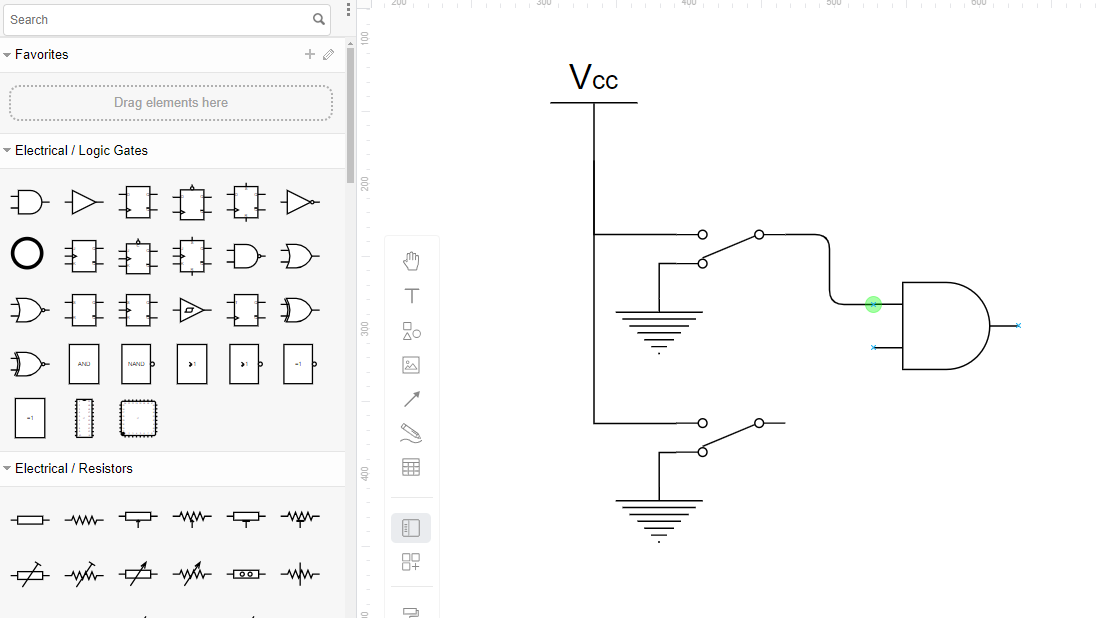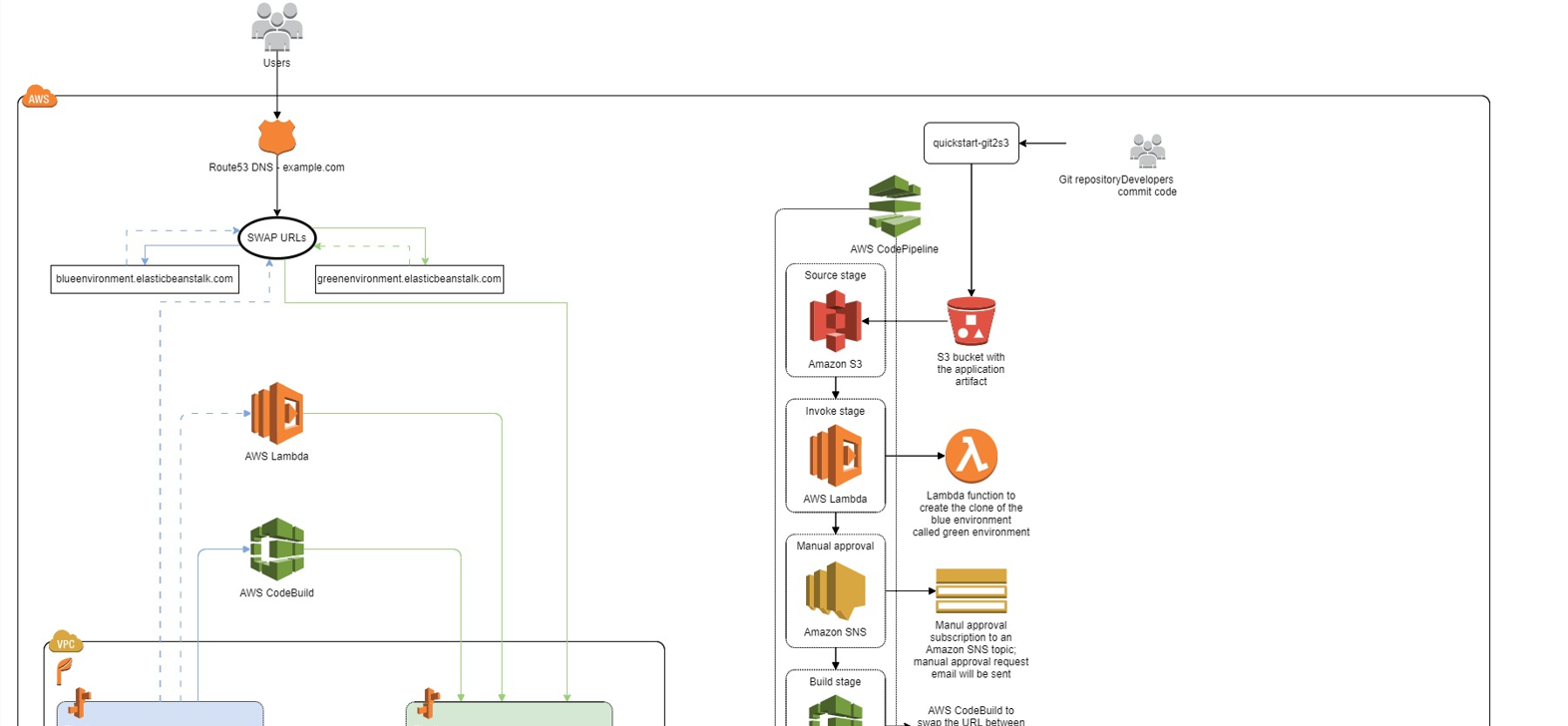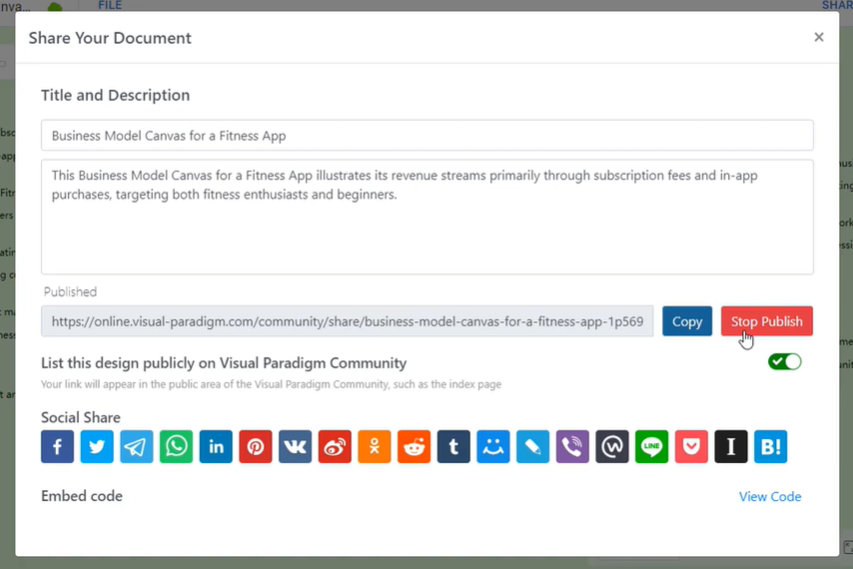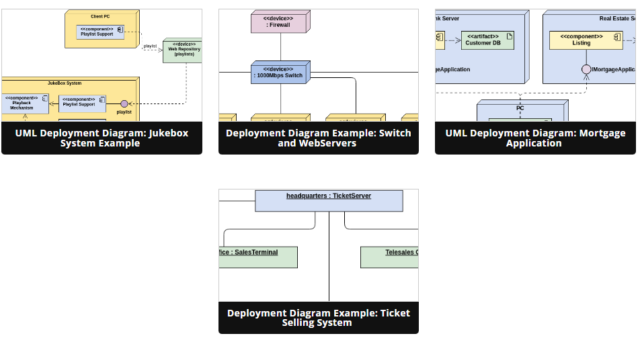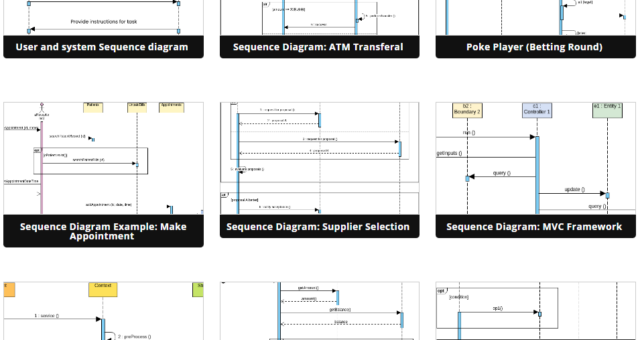How to Add Logic Gates to Electrical Diagram
An electrical diagram serves as a visual representation of electrical circuits, components, and connections, providing a blueprint for understanding and designing complex electrical systems. With the intuitive interface and comprehensive features of Visual Paradigm Online, creating electrical diagrams becomes a simple and straightforward process. In this article, we will guide you through the process of incorporating logic gates into your electrical diagrams, empowering you to accurately represent and analyze the logic of your electrical circuits. About Logic Gate Logic gates are fundamental building blocks in digital electronics, used to perform logical operations on…continue reading →

